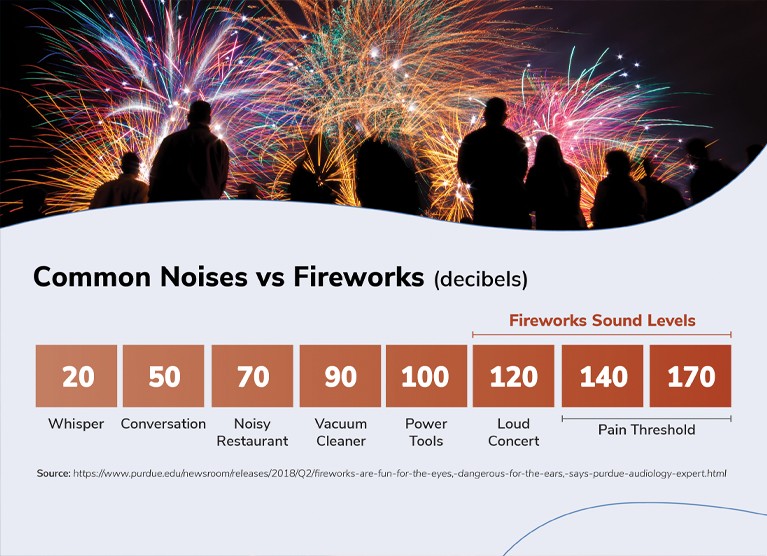Do Earbuds Cause Hearing Loss? Understanding the Hidden Risks
Discover how earbuds can damage your hearing and learn practical strategies for protecting your ears. Understand the risks, signs of hearing loss, and ways to prevent permanent damage.
In today’s hyper-connected world, earbuds have quickly become nearly as essential as cell phones for daily life. But beneath their convenience lies a potential threat to our hearing health that many people overlook. The subtle damage caused by everyday listening habits can accumulate silently, leading to long-term risks that are often discovered too late.

The Science of Sound and Hearing Damage
Our ears are remarkably complex biological instruments composed of tiny hair cells that line the inner ear and are responsible for translating sound waves into electrical signals that our brains can understand.
Unlike with cells found in other parts of the body, these hairs aren’t able to regenerate once damaged. That makes protecting them crucial to your long-term health.
According to the National Institute on Deafness and Other Communication Diseases (NIDCD), sounds at or above 85 decibels can progressively damage your hearing. To put this in perspective, most personal audio devices can easily exceed 100 decibels — the equivalent of the noise levels of a chainsaw or concert.
Why Earbuds Are Particularly Dangerous to Your Hearing
Earbuds pose a unique risk to our hearing because they sit directly in the ear canal, essentially funneling sound straight to those fragile hair cells. A landmark study published in the Journal of the American Medical Association (JAMA) revealed a startling statistic: nearly one in four adults show signs of noise-induced hearing loss, with personal audio devices playing a significant role.
The World Health Organization (WHO) offers an even more alarming global perspective, estimating that over 1 billion young people worldwide are at risk of permanent hearing damage as a result of unsafe listening practices.

Recognizing the Warning Signs
Hearing loss isn’t always dramatic or immediate. Instead, it’s helpful to think about it as a condition that progresses gradually over time. Watch for these common but subtle indicators:
- Persistent ringing or buzzing in your ears
- Increasing difficulty understanding conversations in noisy or loud environments
- Sounds appearing muffled or distant
- Needing to increase the volume on devices over time
Practical Strategies for Hearing Protection
The 60/60 Rule
One effective strategy for preserving your hearing is to limit listening sessions to 60 minutes at a time and keep the volume below 60% of its maximum volume. This approach gives your ears essential recovery time.
Smart Listening Techniques
- Use noise-cancelling headphones to reduce background interference
- Opt for over-the-ear headphones, which can help distribute sound more naturally
- Take regular listening breaks
- Use built-in volume limit features on smartphones

Beyond Personal Audio: Other Hearing Hazards
While personal audio devices pose a significant risk, they often represent just one chapter in the broader narrative of noise-induced hearing loss. The modern world bombards us with potentially damaging sound environments that often go unnoticed.
Loud concerts and sporting events can produce sound levels exceeding 110 decibels, capable of causing immediate and lasting damage. Industrial and construction settings can also present another critical risk, with equipment like jackhammers and heavy machinery generating sustained noise that can rapidly degrade your hearing capabilities.
Recreational activities often harbor unexpected hearing threats. Sport shooting, motorsports and even woodworking can expose individuals to sudden, intense sound bursts that can also cause immediate acoustic trauma.
Unlike their suburban neighbors, city dwellers also face constant low-level noise pollution from traffic, construction and city infrastructure, all of which can contribute to gradual hearing degradation. Even seemingly innocuous activities like mowing the lawn or using power tools can produce sound levels dangerous to unprotected ears.

When to Seek Professional Guidance
If you're experiencing any hearing-related symptoms, consulting the hearing care providers at your local Beltone office can help to provide critical insights and guidance. Early detection and intervention are the key to preserving long-term hearing health.
How Beltone Can Support Your Hearing Health
If you’re concerned about your hearing health, Beltone offers:
- Free hearing consultation with a hearing care professional
- Professional fitting and adjustments to ensure you find a hearing aid that works for you
- Ongoing service for the entire life of your hearing aids

The Bigger Picture: Hearing as a Precious Resource
Your hearing is an irreplaceable sense that can connect you to the world around you. Modern technology offers incredible audio experiences, but they shouldn’t come at the expense of your long-term hearing health.
By adopting mindful listening habits and staying informed, you can enjoy your favorite audio content while also protecting your ears. Remember, hearing damage is cumulative and often irreversible — making prevention a better option than the cure.
If you’re ready to protect your hearing, schedule a free hearing screening* and get professional insights into your auditory health so you can make an informed decision about your hearing.

Take Online Hearing Test
Take our free at-home hearing loss test as a first step on your journey to better hearing.


